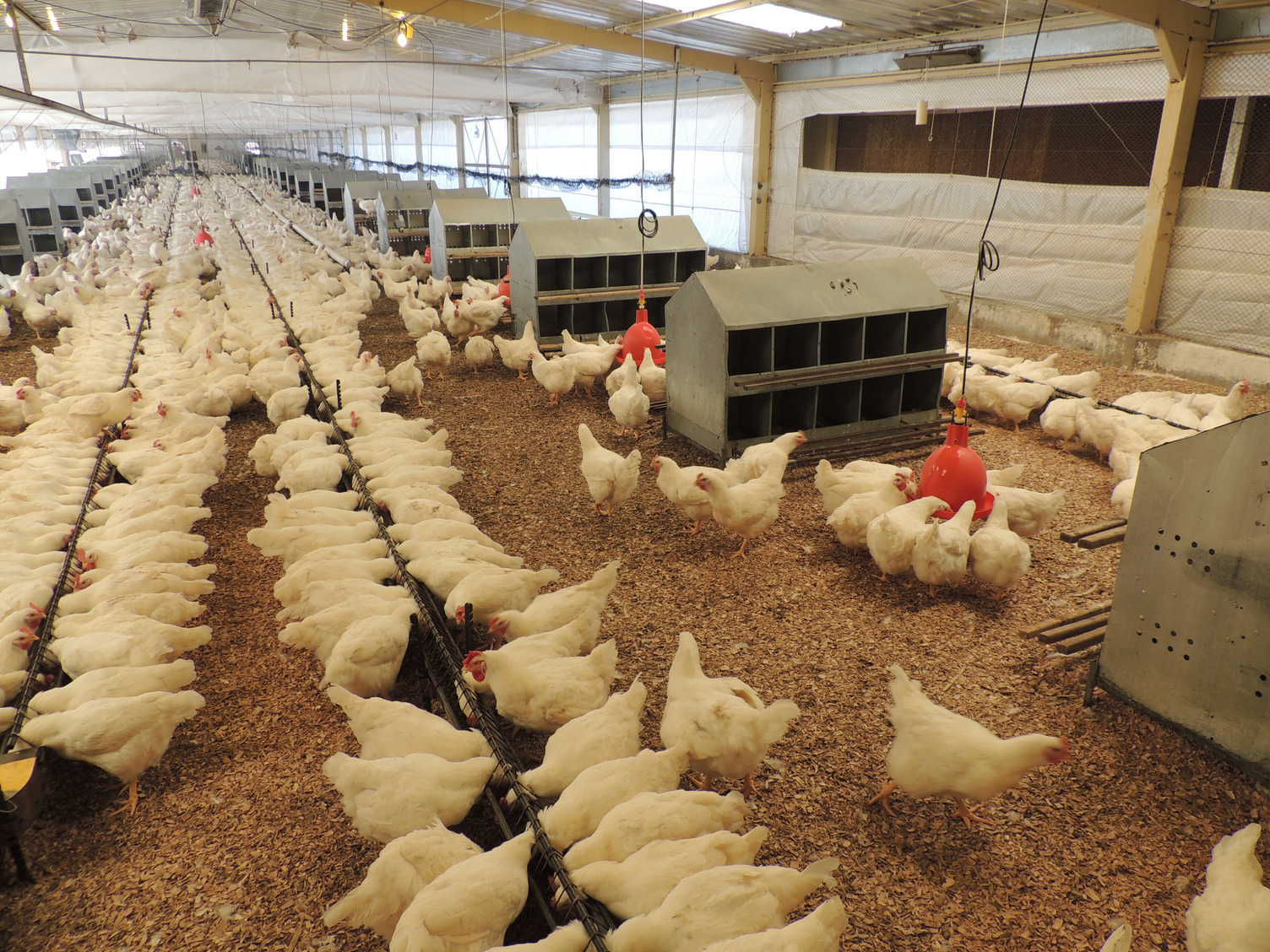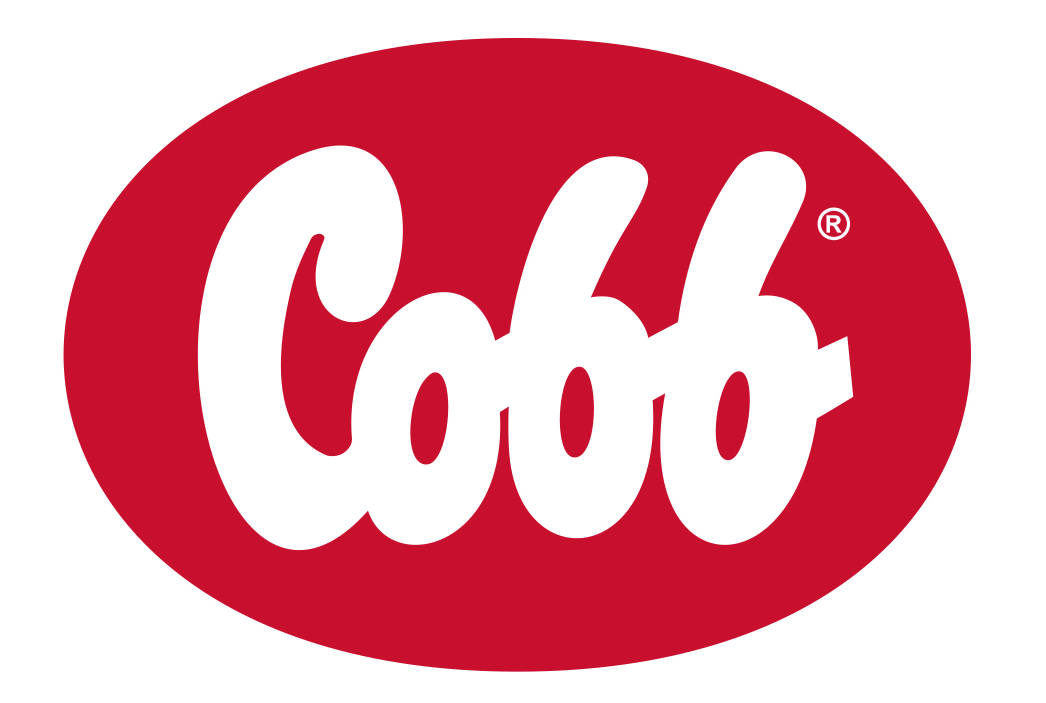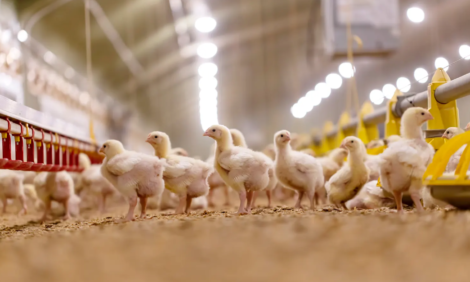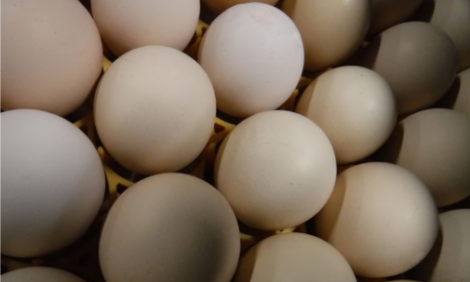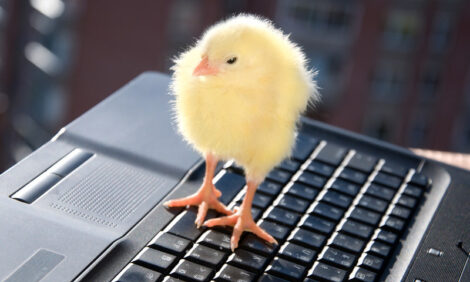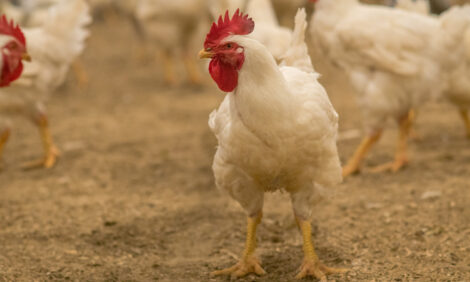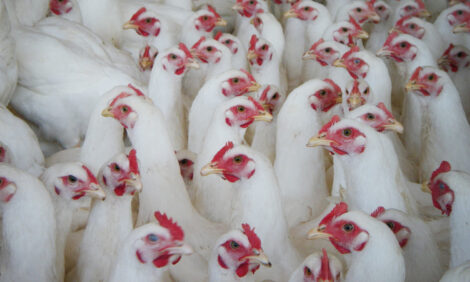



Cobb Breeder Management Guide: Lighting program management
The response of chickens to light is a complex subjectPart of Series:
< Previous Article in Series Next Article in Series >
Editor's note: This article is an excerpt from the Cobb Breeder Management Guide and additional articles will follow. The Guide was designed to highlight critical factors that are most likely to influence flock performance. The management recommendations discussed were developed specifically for Cobb products. The recommendations are intended as a reference and supplement to your own flock management skills so that you can apply your knowledge and judgement to obtain consistently good results with the Cobb family of products. To read or download the complete Guide or to view Cobb's other management guides, click here.
Local conditions and housing types may require the use of modified lighting programs, which should be discussed with your Cobb Technical Service representative.
Photo stimulation (increasing lighting time and intensity) should start at 21 weeks or between 147 and 154 days of age. It typically takes 14 to 16 days until the first egg and another 7 days to reach 1 to 2 % daily production. Once photo stimulation occurs, birds should never experience a decrease in day length in the production cycle. Artificial light should be used to cover sunrise and sunset in clear curtain or open houses. Flocks that start production at 24 weeks, show cumulative increases in hatching eggs (HE) through week 30. These flocks are often the most productive flocks if they persist well with low mortality. At photo stimulation, the increase in the amount of time birds are exposed to light is more important than the increase in light intensity.
Light intensity in production is normally maintained to encourage bird activity and for caretakers to perform their routine house inspections and management of birds and litter. As an emergency procedure, reducing the light intensity from 70 to 35 lux (7 to 3.5 fc) will help reduce culling or mortality due to cannibalistic behavior. Light intensity reduction, after photo stimulation, should not reduce production performance but can affect the sexual maturity of the males. Males are more sensitive to light intensity for correct sexual maturity.
LED lighting
LED lighting has proven to work as well as the traditional light sources to bring parent stock into production with the advantage of a much lower energy cost. Compared to incandescent lights, high pressure sodium lights can reduce energy costs by 40 % over a 5 year period. However, compact fluorescent and LED lights can reduce costs by 63 % and 73 % over a 5 year period, respectively.
Currently, new light installations are primarily LED lamps/tubes or strings due to low energy consumption, long life span (>50,000 hrs), dimming ability, and adjustable color output. They are also easy to wash, clean and disinfect, and have a high Ingress Protection value (IP; related to the level of dust and humidity penetration).
LED lights have had a considerable impact on breeder management. The introduction of dimmer units (dusk to dawn) have made it possible to work in rearing with low light intensity outputs of 2 to 4 lux (0.2 to 0.4 fc) but still see well enough to manage the birds. Dimming ability is important in rearing to keep the birds calm and better primed for photo stimulation at 21 to 22 weeks of age. Furthermore, running lights at a lower intensity has a big impact on energy consumption (but be sure to have good light distribution over the entire house).
Learn more about LED lighting by downloading our white paper.
Photo Stimulation
Broiler breeders are seasonal reproducers and, as such, are highly dependent on lighting cues for daily and reproductive activity. These birds require about 20 to 21weeks consisting of short days (approximately 8 hours) before reproduction can begin. After this maturation time frame, exposing the birds to long periods of light (>12 hours) can stimulate the reproduction process given the birds are physically prepared. However, both the maturation period and physical condition are required to reach the full genetic potential of reproduction. Hastening maturation by overfeeding and exposing young birds to long photoperiods before they are prepared will delay the onset of lay, increase mortality and double yolks, and give slower increases of daily production to peak (after 31 weeks of age).
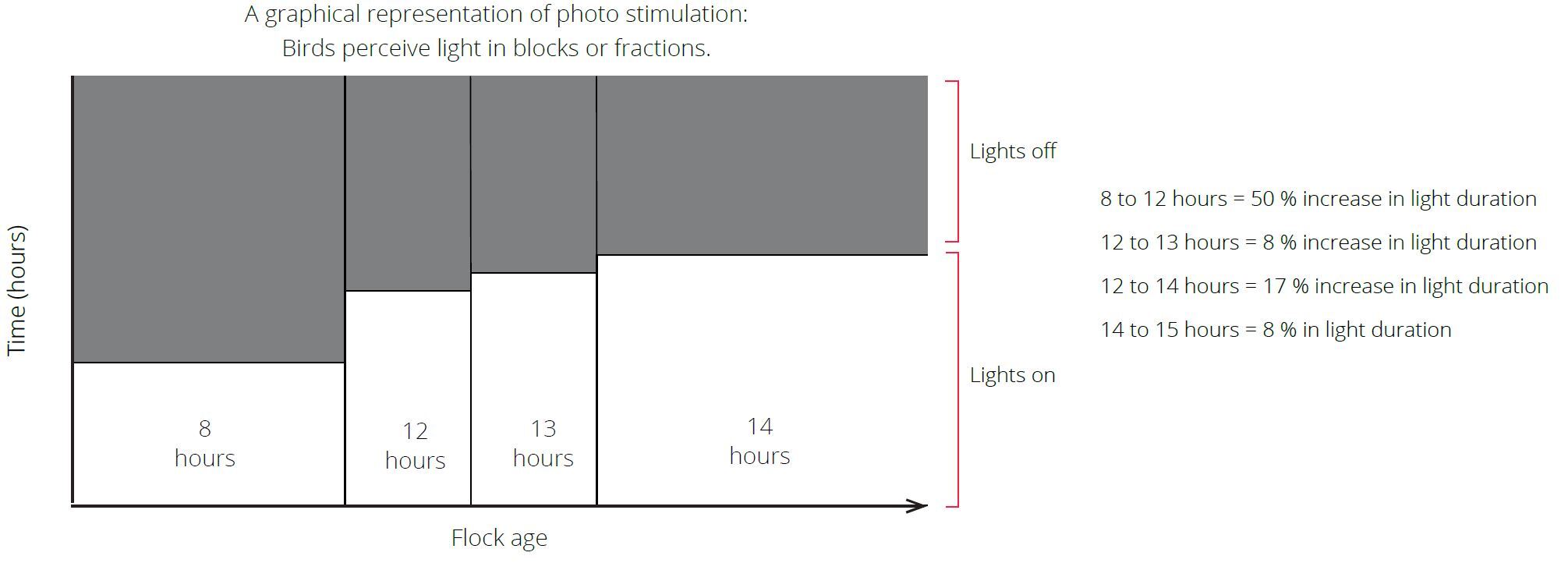
At photo stimulation, the flock should have:
- Uniform bodyweight, low Coefficient of Variation (CV 9 to <10) and high uniformity >70%.
- A majority of the females (>95%) with the correct bodyweight, pelvic fat and condition.
Lighting considerations when transitioning from rearing to production
Ideally broiler breeders should be reared in lightproof housing to prevent the birds from perceiving seasonal photoperiods and ensure sexual uniformity at the start of production. Housing should be completely dark when the lights are off. Fans, perimeter inlets and the tunnel inlet must also be covered with adequate light traps.
Dark out production houses
Females can receive a maximum of 12 to 14 hours of light in dark out production houses or in regions where the natural day length is less than 14 hours. This will provide good peak production and persistency and maintain the female’s sensitivity to the light duration. Less than 11 hours of total light will have a negative effect on production. Light intensity should be a minimum of 70 lux (7 fc) for good sexual stimulation of the males.
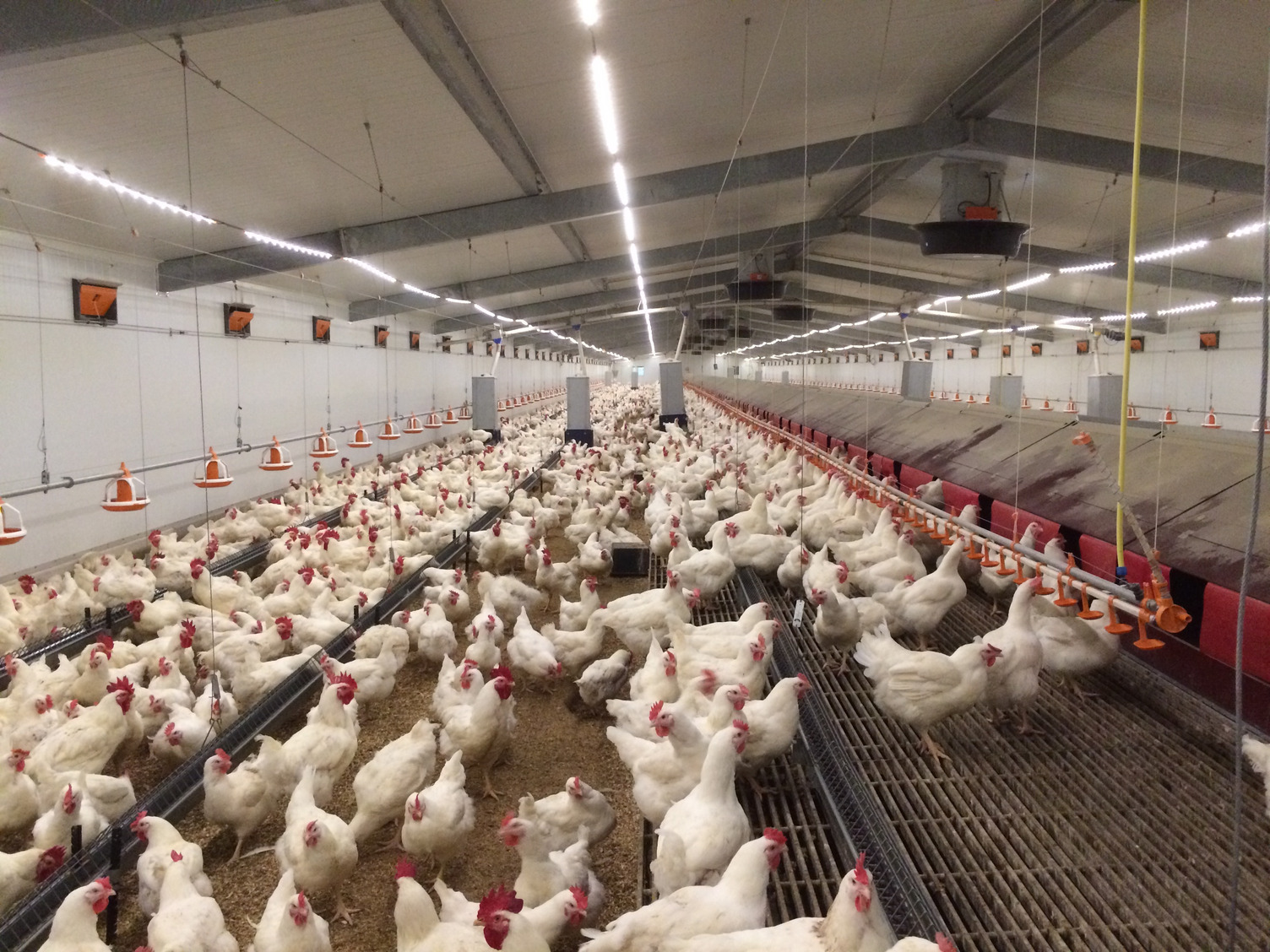
Brown out rearing houses
Many operations worldwide do not have good dark out conditions in rearing and production and use brown out configurations. This means that the outside natural light penetrates to a high degree into the house and the flock establishes their daylight length in rearing based on the natural day light cycle. In regions close to the equator where natural day length is between 11 and 13 hours, supplementary lights are necessary.
In regions at high latitudes where natural light during the summer is 15 to 16 hours, the use of one day length will be required for the duration of the production cycle. If light traps are used directly on tunnel fans, it may be necessary to remove them under very hot conditions. In this case, natural light will enter the house and the artificial light program will need adjustments towards the maximum natural day light length. Any reduction in natural light can compromise production persistency.
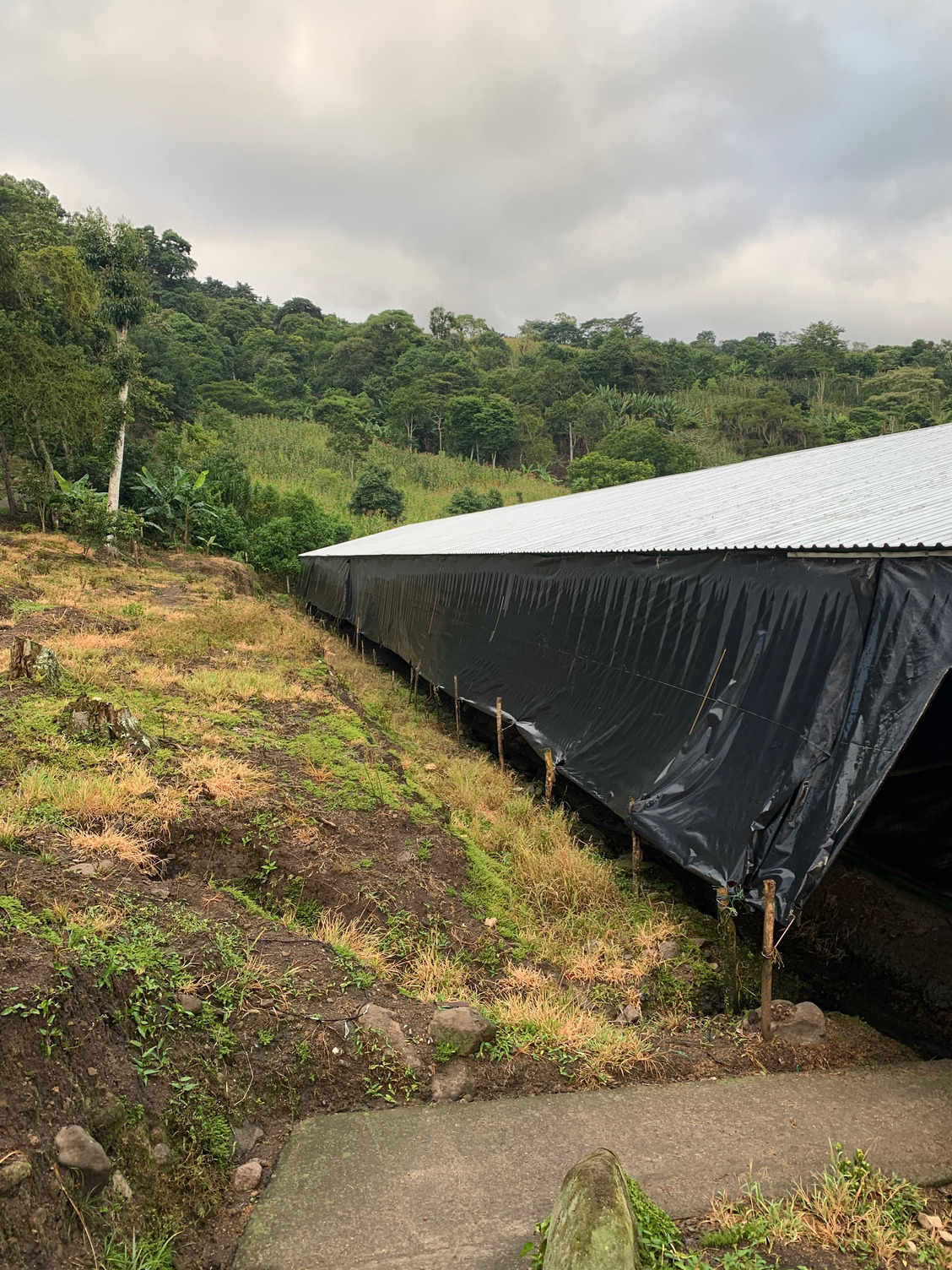
Open sided rearing houses
Lighting programs in open sided houses are dictated by the natural light cycle and any artificial light program should be adjusted based on the maximum light hours required. Normally only flocks close to the equator - maximum 5° latitude, north or south - can be managed with only natural light.
